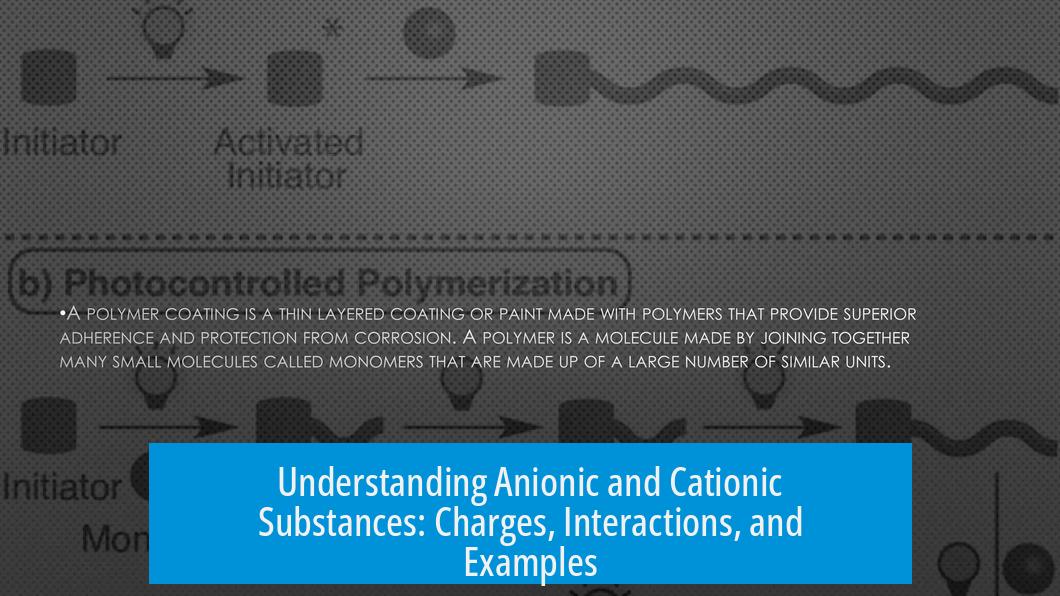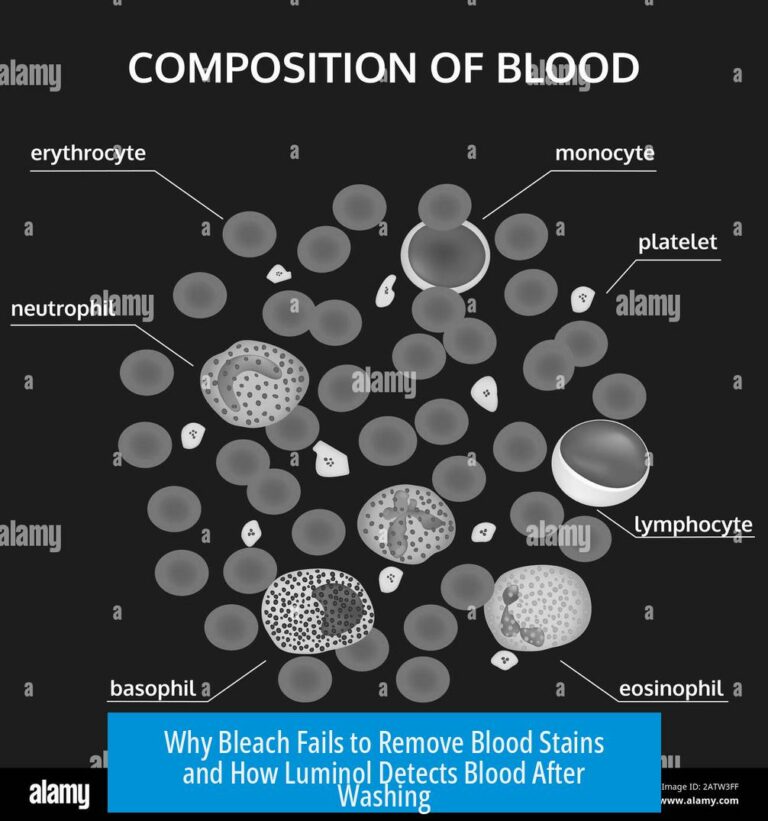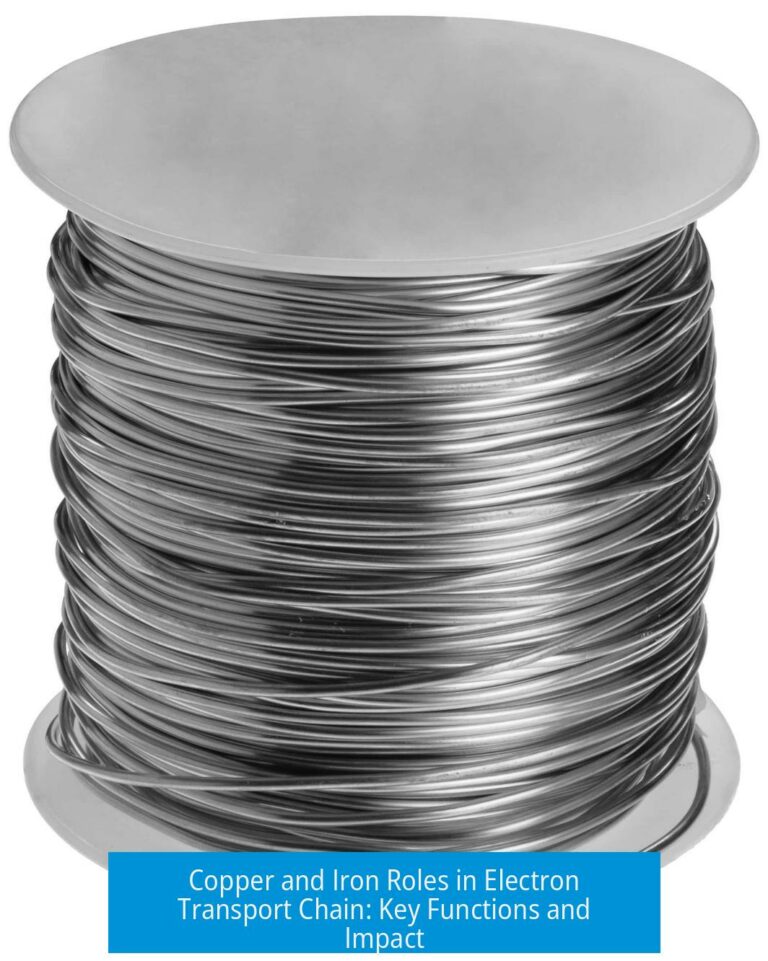What is meant by referring to Substances as “Anionic” or “Cationic”?
Referring to substances as “anionic” or “cationic” means describing the charge of their functional groups, typically within larger molecules. Anionic substances carry negative charges, while cationic substances carry positive charges on their key functional parts.
Charge of Functional Groups and Role of Counterions
The term focuses on the charged portion of the molecule that largely determines its chemical behavior. For example, an anionic compound has a negatively charged functional group, whereas a cationic compound has a positively charged one. These charged groups are paired with counterions—such as Na+ for anionic substances or Cl- for cationic substances—but these counterions serve only to balance electrical charges and do not influence the primary function of the molecule.
Functional vs. Spectator Components
The functional group with the charge is the “active” part of the molecule. Counterions are considered “spectators,” present just to maintain charge neutrality rather than to alter chemical properties or reactions.
Interaction Between Oppositely Charged Substances
When molecules with opposite charges—anionic and cationic—come into contact, they may bind or associate strongly. Such interactions can cause the formation of precipitates or inactive complexes, which often lose functionality. This phenomenon is the basis for some chemical separations and modifications.
Examples and Common Types of Surfactants
- Most surfactants found in everyday use are anionic or nonionic.
- Anionic surfactants include typical soaps and detergents, where the negatively charged alkyl chain provides cleaning ability.
- Cationic surfactants are used less frequently and often for specific technical applications, such as fabric softeners or antimicrobial agents.
- Nonionic surfactants, like polyethylene glycol (PEG) derivatives or sugar-based surfactants, have no net charge and behave differently.
Behavior of Ions in Solution
Charged substances dissociate in solution into ions. For example, sodium chloride separates into Na+ and Cl-. These ions interact with water molecules due to water’s polarity, leading to partial ion pairing and complex equilibria.
| Factor | Influence on Ion Pairing |
|---|---|
| Solution Composition | Alters ion concentration and pairing dynamics |
| Polarity | Affects ion-water interactions |
| pH | Changes ionization states of functional groups |
Thermodynamically, both free and paired ions coexist, much like molecules in a gas exhibiting a range of energies. This dynamic influences the observed physical and chemical behavior of ionic substances in solution.
Key Takeaways
- “Anionic” and “cationic” describe molecules by the charge of their key functional groups.
- Counterions maintain charge balance but do not define substance properties.
- Oppositely charged molecules can bind, often forming inactive complexes.
- Anionic surfactants are common in soaps; cationic surfactants serve specialized roles.
- Ions dissociate and interact with water, existing as both free and paired species depending on conditions.
What does it mean when a substance is called “anionic” or “cationic”?
It means the functional group in the molecule carries a charge. Anionic substances have a negative charge, and cationic substances have a positive charge on that part of the molecule.
What role do counterions play in anionic or cationic substances?
Counterions balance the charge but are not part of the functional group. For example, sodium (Na+) often pairs with anionic groups, and chloride (Cl-) pairs with cationic groups.
How do anionic and cationic molecules interact in solution?
When large molecules with opposite charges meet, they can bind together. This interaction sometimes creates a nonfunctional solid, known as a precipitate.
Why are most surfactants anionic or nonionic rather than cationic?
Regular soaps and detergents are usually anionic because the charged part helps clean. Cationic surfactants are less common and are used for specific technical purposes.
Can free ions exist in solution, and how do they behave?
Yes, ions like Na+ and Cl- can exist freely. They interact with water molecules and sometimes pair up. The amount of free versus paired ions depends on factors like pH and solution polarity.





Leave a Comment